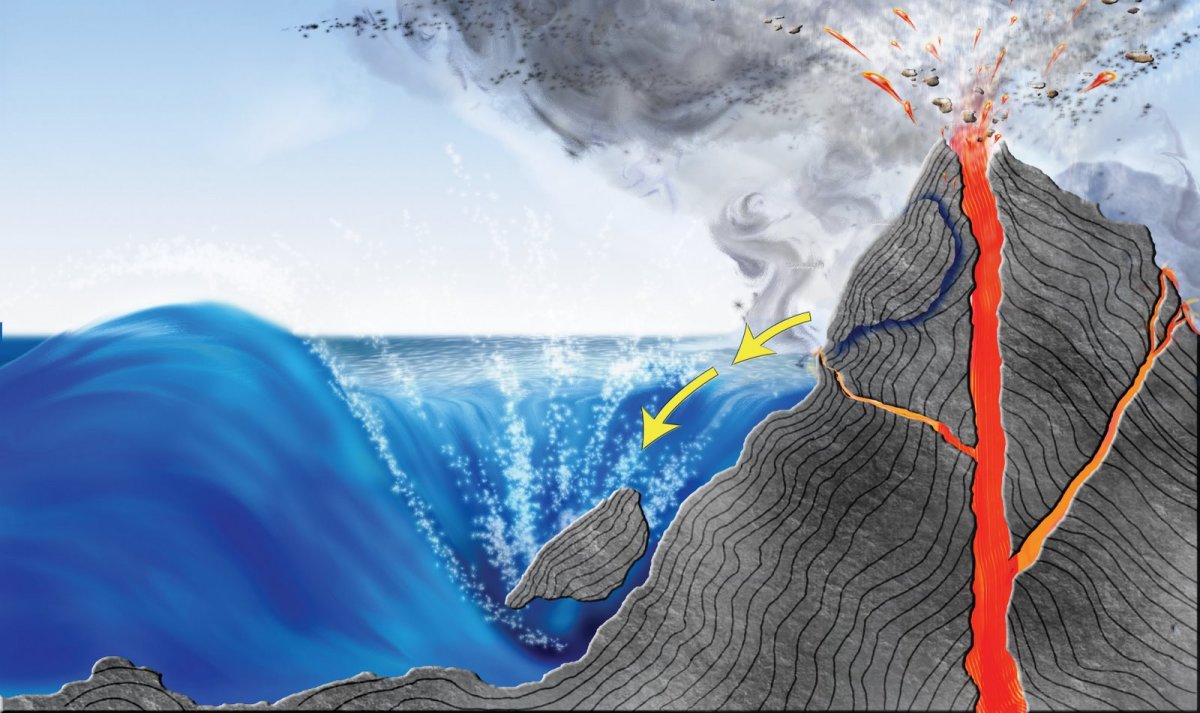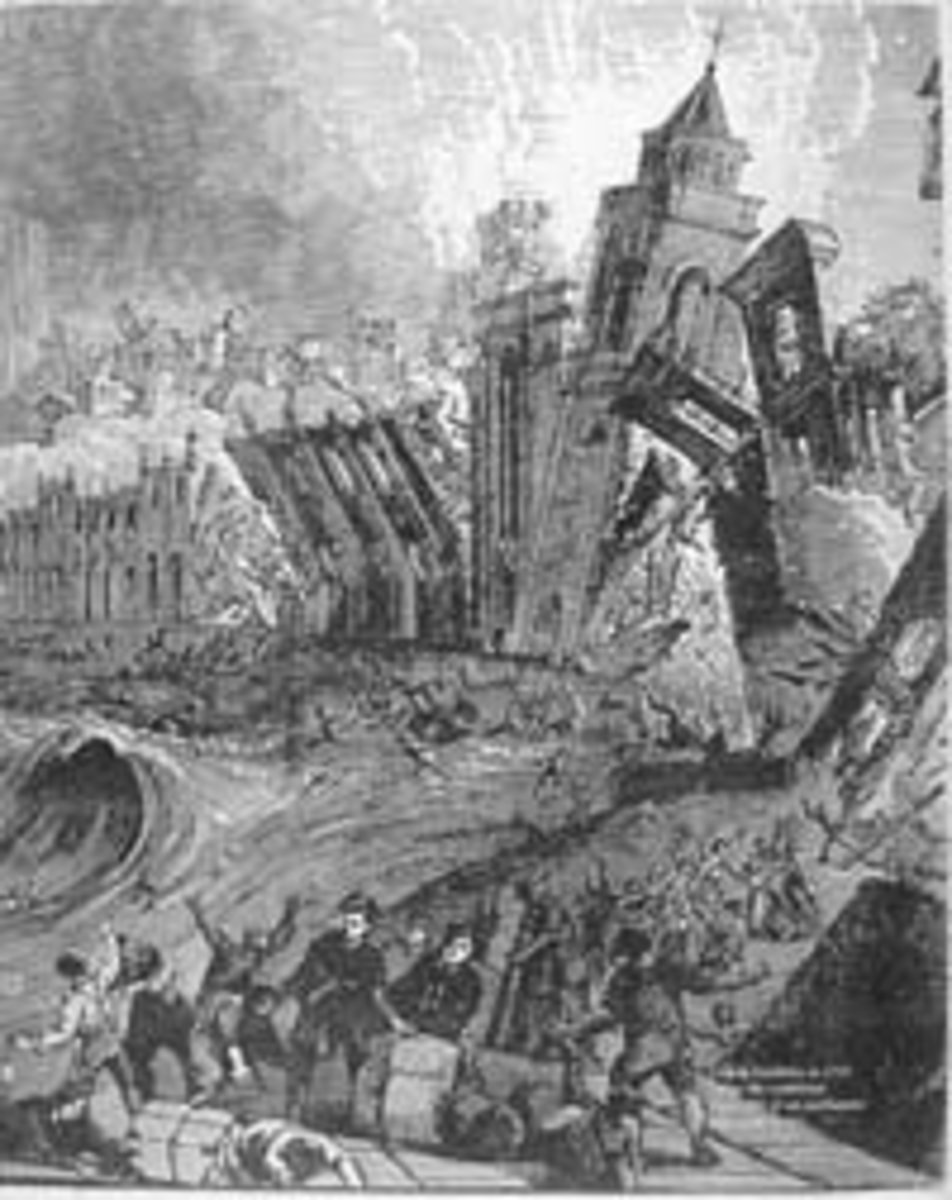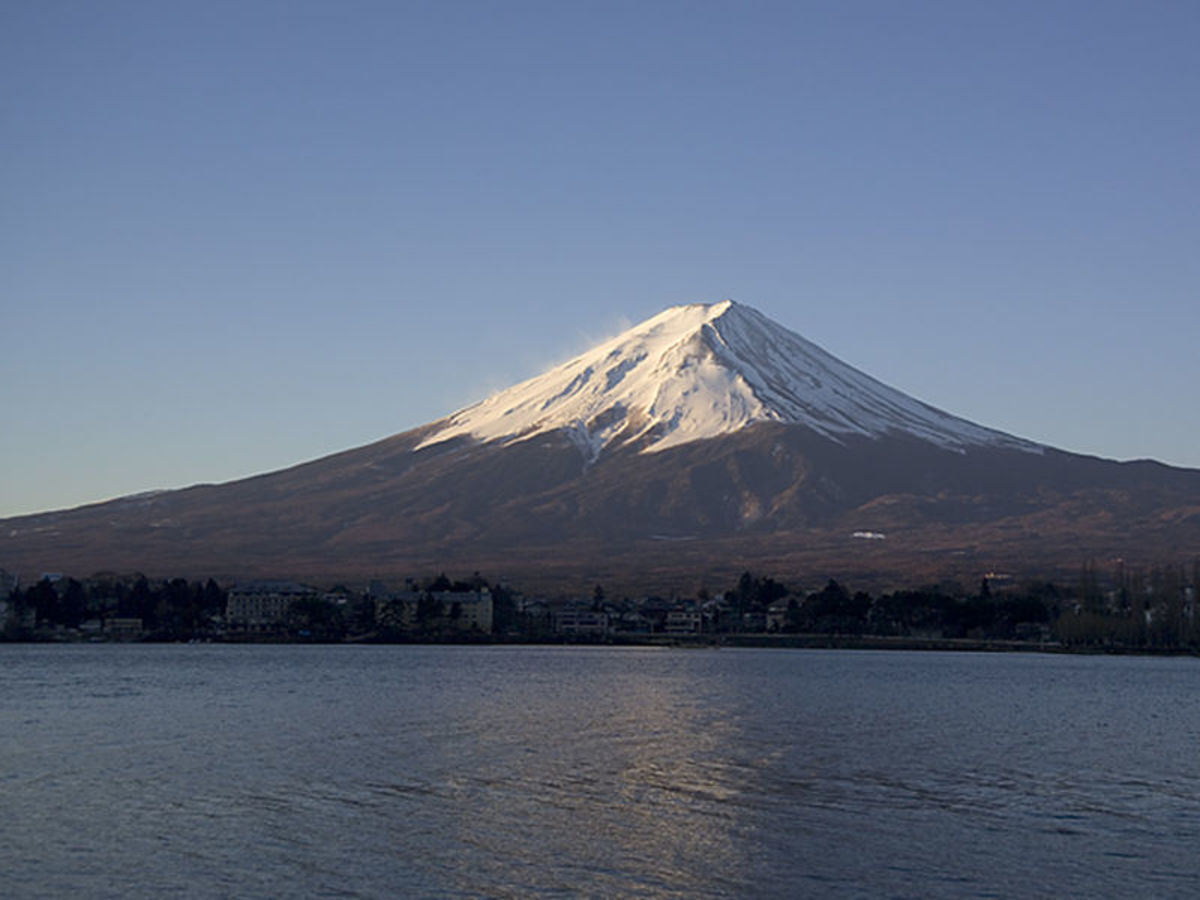Tsunami warning systems: Precautions used to predict deadly tidal waves
Introduction
Tsunamis have been happening around the world for millions of years. In earlier years there were fewer people on the earth and therefore a smaller amount of settlements closer to coastal regions where tsunamis happen.
The effects of these devastating tidal waves would not have been as noticeable and they certainly would not have been recorded with as much frequency as tsunamis are today.
However, the increase in the population of the world and the rise in the number of coastal towns, villages and cities has meant that far more people are effected when tsunamis hit.
Coinciding with an increase in population has been the advancement in technology since the turn of the 20th century. Technology has been employed by scientists, geologists, oenologists and governments around the world to try to predict many natural disasters, including tsunamis.
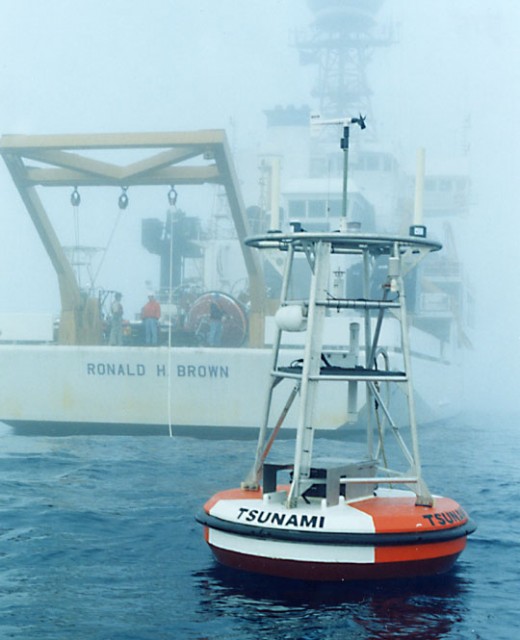
How tsunami warning systems work
The basic principle of the system for detecting and warning against tsunamis comes in two stages. Firstly, sensors in the ocean detect seismic activity. Increases in seismic activity are the main cause of a tsunami and as such, signs of an earthquake at sea can be the beginning of a tsunami.
These initial detectors are supplemented by buoys, round floating plastic objects in the sea, and tide gauges which record an increase in the sea-level. When both of these factors match, it is clear that a tsunami is imminent.
Evacuating people before a tsunami wreaks havoc is so important that warnings often begin once an initial earthquake at sea has been detected.
Generally, the entire process is automated and it can be as little as two minutes before the seismic sensors detecting movement and a message being relayed through computers and an alert system is activated. This includes sirens being sounded throughout the coastal towns and villages that are likely to be affected.
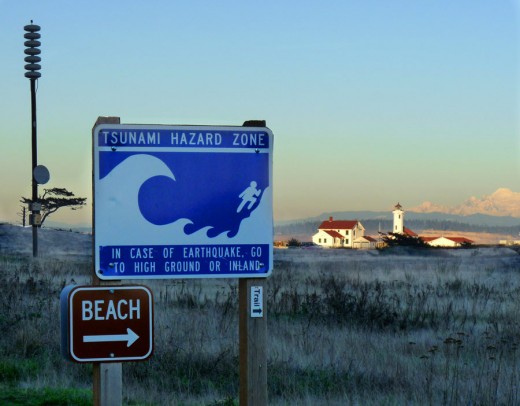
Public service announcements are also made through speakers that are situated in the streets. These generally warn people that a tsunami is likely and that they should evacuate the area as quickly as possible.
The natural disaster series: Five more hubs on tsunamis
The message is also given to coastguards, emergency services, government agencies and the local media, which is important in also distributing the message through television and radio. In some places, automatic SMS text messages are also sent to residents to ensure that they receive the warning, and if they are out of town they do not begin heading back towards the danger zone.
Unfortunately, some of the alerts are false alarms. This is because not every earthquake and seismic disruptions result in a tsunami. As with the fable 'The boy who cried wolf', the false alarms have resulted in some people paying little attention to warnings for a real tsunami.
Failings of technology
The technology used to detect tsunamis is by no means perfect and there have been a number of occasions when it has not done the job properly.
One of the failings is that if an earthquake strikes close to the coast, there will be very rapid tsunami that moves more quickly than the warning systems. This leads to many people dying in addition to the inevitable destruction.
Boxing Day tsunami 2004 - no warning system
Without warning systems it is virtually impossible to predict tsunamis as the water moves silently below the surface of the sea until it reaches land, at which point waves are formed. This was the case with the Indian Ocean tsunami in 2004 which killed a staggering 230,000 people.
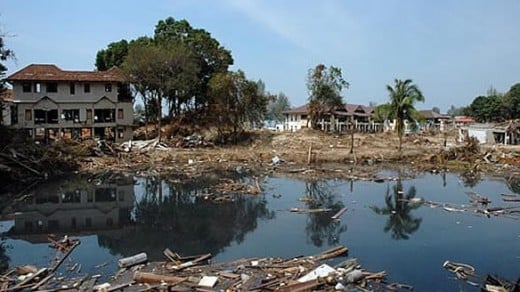
No warning system was in place and the first sign of a tsunami that the inhabitants of Indonesia, Sri Lanka, India and Thailand had was when they saw vast mountains of water racing to the shore on Boxing Day 2004 (the day after Christmas).
Following this devastating natural disaster, The Indian Ocean Tsunami Warning System was established following a United Nations conference in Kobe, Japan, in January 2005.
Seventeen seismic stations were placed in the ocean to detect plate movements and tremors. These sensors then pass the information to two recording stations which has the ability to dispatch email and text message warnings if a tsunami looks likely.
History and devlopment of warning systems
The tsunami warning system in the Indian Ocean is based on the first technologically-based system used to predict tsunamis that was installed in Hawaii in the 1920s.
The small U.S. Island lies in the middle of a tectonic plate that forms the earth's crust, in this case it is the Pacific plate. There is lot of volcanic activity on the island, and because the island is surrounded by water they are vulnerable to tsunamis caused by earthquakes at neighbouring plates.
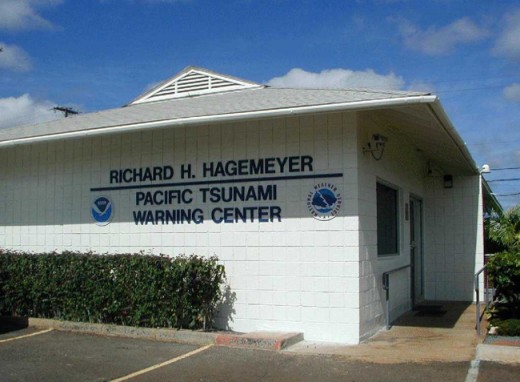
It was bit until the Aleutian Islands earthquake struck in 1946 killing 165 people in Hawaii that a more advanced tsunami warning system was introduced. This was called the Pacific Tsunami Warning Center and covered landmasses bordered in the Pacific ocean. The PTWC is monitored by the U.S. National Oceanic and Atmospheric Administration (NOAA) in Ewa Beach, Hawaii.
The West Coast and Alaska Tsunami Warning Center (WCATWC) was established three years later in 1949 to issues alerts for the West Coast of North America, Canada and Alaska as these areas can also be effected by tsunami waves travelling through the sea.
Other warning systems in the world
Tsunami warning systems have also been set up in the Atlantic. Here, the system is known as the North Eastern Atlantic, the Mediterranean Tsunami Warning System. It is also responsible for other connected seas.
The Caribbean Tsunami Warning System covers countries such as Jamaica, the Bahamas and Puerto Rico among others.
How the ancients predicted tsunamis with their natural instincts
Before technology people who lived near the coast had to rely on their own natural instincts to predict tsunamis. Some suggest that when people were more 'in tune' with nature and in harmony with the elements they were able to tell quite easily when a tsunami or earthquake was likely.
This may have been the case. Particularly in Hawaii, the inhabitants have been in touch with the ocean for many thousands of years, and they treat it with the reverence of a god.
Because of many pastimes such as surfing and canoeing, they also pay great attention to changes in sea level. This would have also been the case with residents on Japanese coats, where fishing would have once been the main source of industry.
Other suggestions are that people would pray, and receive 'divine' messages and prophecies about an impending tsunami.
Thanks for reading. There's more information on natural disatsers in my hubs about volcanoes and earthquakes.


